Packaging Solutions
Stay on top of product alterations and capitalize on packaging as a marketing tool to your clients. Our team can focus on product appearance while ensuring safe and secure delivery to its destination.
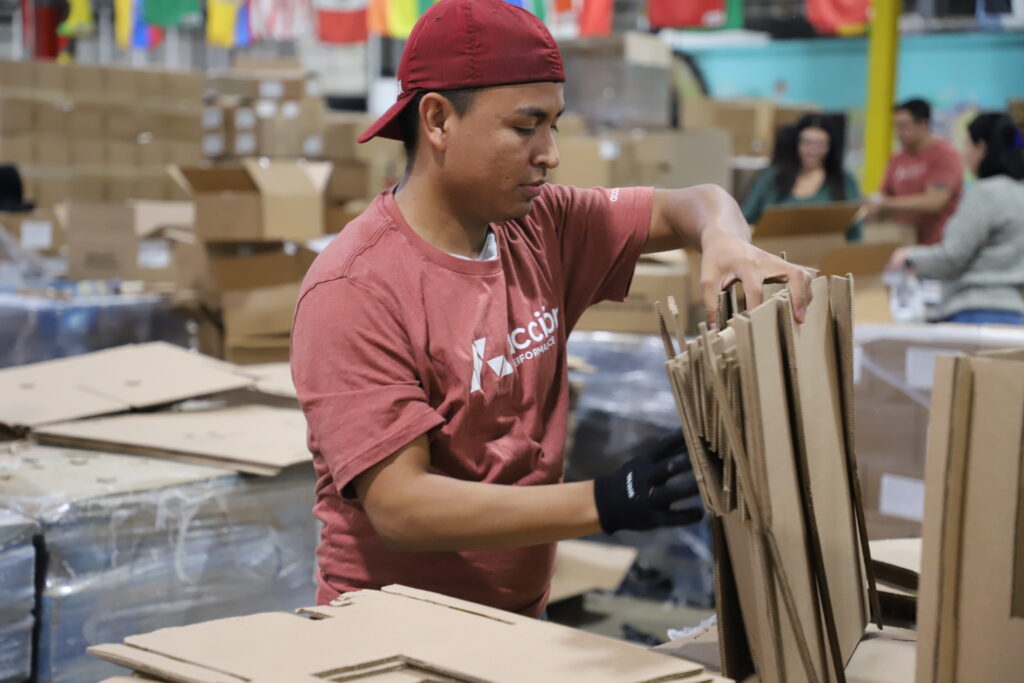
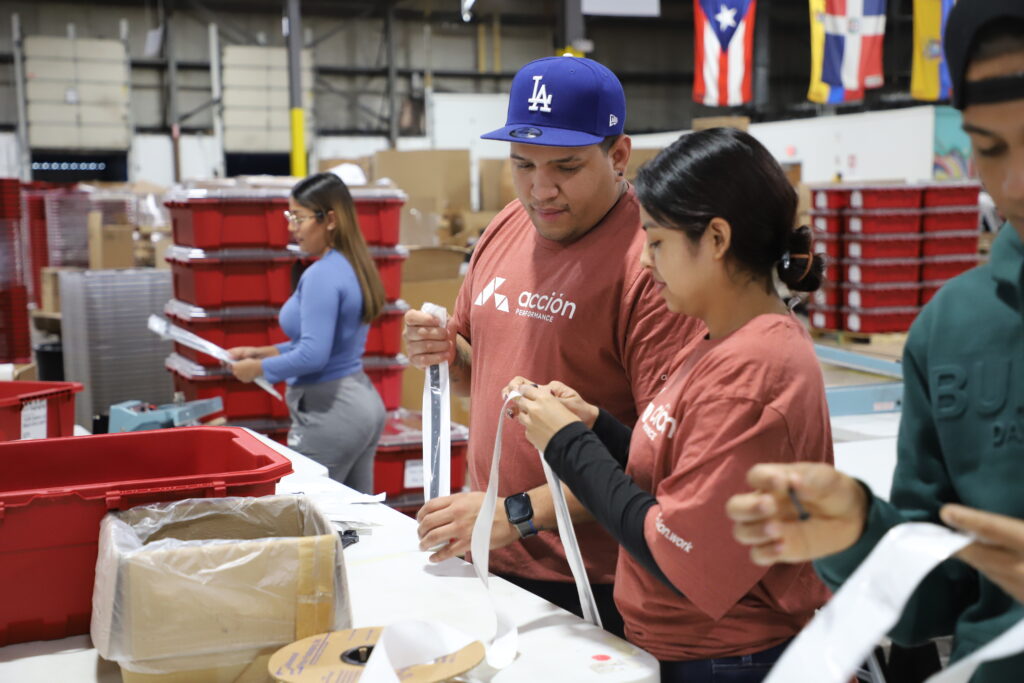

Stay on top of product alterations and capitalize on packaging as a marketing tool to your clients. Our team can focus on product appearance while ensuring safe and secure delivery to its destination.


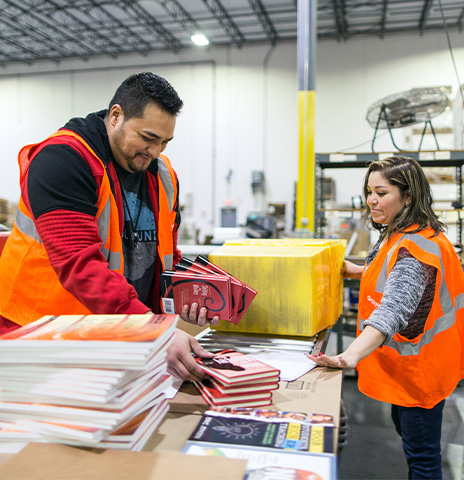
Reduce overhead costs and boost speed to market by shifting your assembly and co-manufacturing tasks to the Acción team. Our skilled team prioritizes quality and safety at every step.



Improve efficiency and maintain client satisfaction by outsourcing key fulfillment operations. Our team leads will manage processes from pick and pack all the way to returns.

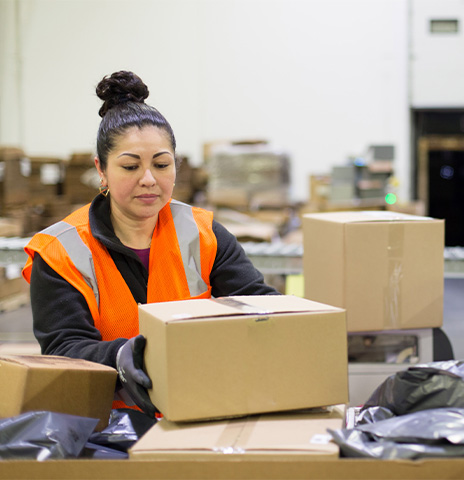
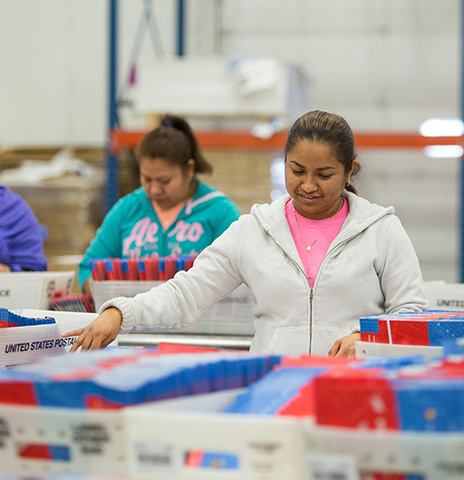
Ensure your products are properly packaged and sent on time for Fulfillment by Amazon. Acción Performance prepares your items to fit necessary requirements, saving your team extra time and valuable resources.



Stay on top of product alterations and capitalize on packaging as a marketing tool to your clients. Our team can focus on product appearance while ensuring safe and secure delivery to its destination.



Reduce overhead costs and boost speed to market by shifting your assembly and co-manufacturing tasks to the Acción team. Our skilled team prioritizes quality and safety at every step.



Improve efficiency and maintain client satisfaction by outsourcing key fulfillment operations. Our team leads will manage processes from pick and pack all the way to returns.



Ensure your products are properly packaged and sent on time for Fulfillment by Amazon. Acción Performance prepares your items to fit necessary requirements, saving your team extra time and valuable resources.
Optimized supply chain solutions aren’t “one size fits all,” and neither are our pricing models. Our team
finds the best approach for your project to maximize your resources, including cost.








See how the Acción team creates individualized solutions for our clients across industries to optimize their unique demands.
Recently, institutional racism has been at the front and center of debate in the United States. This is due to more people embracing progressive ideologies. Companies have, therefore, decided to reshape their investing practices to incorporate a more diverse workplace. Supplier diversity programs have been dubbed one of the best solutions to creating a diverse and inclusive environment at work.
A good supplier diversity program template ensures that the supply chain is predominantly (more than fifty percent) run by groups that traditionally get little representation. Small firms, businesses owned by minority groups (black, Latino), and enterprises run by women are some examples of diverse suppliers.
The diversity net has been widened to include persons with disabilities and even war veterans. Additionally, with the recognition of gender fluidity becoming more commonplace, the LGBTQ group now meets the criteria of diverse groups. It is advisable to consider these groups when determining how to start a supplier diversity program.
The history of these programs goes as far back as the sixties during the fight for civil rights. GM was the pioneer company to have a supplier diversity program template. They set in motion a series of events that led a significant portion of the auto industry to mimic this trend. The likes of IBM in the electronics space were also ahead of the curve in figuring out how to start a supplier diversity program. The government later created a piece of legislation nudging more firms to adopt these practices.
When setting up a supplier diversity policy, you should consider the certifications required. Vetting the companies ensures they meet the minimum federal supplier diversity requirements. Keeping a supplier diversity checklist handy is a good way to ensure the suppliers meet all the desired qualifications.
3rd party organizations are typically responsible for the certification process and issue out the certifications after several steps. They issue a supplier diversity questionnaire to various firms then build a report based on the answers. Leveraging the supplier diversity reports is the best strategy in ensuring your suppliers are certified.
A supplier diversity policy is advantageous to your business. It provides practical solutions to inclusion issues in the workplace and society. The following are 3 major supplier diversity solutions:
● Advances the Business Inclusion and Ethics
An effective program in the company increases inclusivity in the workplace and improves employee ethics. If executed the right way, it could yield long-term tangible results. A good example is the roll-out of the diversity initiative by the UPS delivery company. Their program was created in the 90s motivated by a desire to extend their business ventures to include businesses owned by minority groups.
● Provides Mentorship and Training
Mentorship and training programs are also included in the federal supplier diversity requirements. UPS has spent over two billion working with six thousand diverse suppliers since its inception. The company works directly with councils to spur the growth of initiatives that include supplier diversity. They run conferences that support knowledge sharing and investments. Their success in fostering diversity is largely attributed to the supplier diversity training programs they had in place.
● Builds the Society
A successful diversity program is advantageous to all the stakeholders involved. This includes any potential downstream impact the program has on disenfranchised communities. Coca-Cola’s approach is a good reference point. The firm has spent over one billion to support the growth in businesses owned by minority groups. This is a factor to consider when reviewing your supplier diversity checklist.
They have also partnered with Georgia Tech to sponsor supplier diversity training initiatives that enlighten business owners from poor neighborhoods on how to be successful entrepreneurs. These programs have helped create supplier diversity solutions for local firms.
There are clear pros that come from diversifying your supplier pipeline. It is equally important to have a roadmap on the best ways to achieve this. This plan is referred to as supplier diversity program best practices. Without these practices in place, your program would not be as effective. The following are the best practices:
1. Locate a Guideline from Your Existing Supply Pipeline
Having a benchmark is important in figuring out the best supplier diversity programs to put in place. Leveraging your current pipeline and identifying the diverse group that is currently on your supply chain is a good starting point.
Narrowing it down to which diversity segment you intend to focus on gives you a better perspective on the best guideline to use. Historically most programs have been geared towards businesses run by women and minority groups. LBTQ group is also becoming increasingly popular when considering supplier diversity program best practices.
2. Set Achievable Goals
Putting in place quantifiable (short and long) goals helps you measure your progress in creating a diversified pool of suppliers. It’s prudent to note that understanding the industry your firm operates in impacts the model you chose. There exists a large variety of industry sizes, and with each comes a different amount of investment. The diversification approach is also unique to the space.
It is common for firms to look at other industries outside of their own to find best practices that have been historically successful. This strategy can set you apart from the other key competitors.
3. Establishing Potential Suppliers That Are a Fit
With your goals in place, the next best practice is to establish the best opportunities to pursue. It’s advisable to first determine which firms within your pipeline have an expiry date coming up and assess potential opportunities. Using a large data set that encompasses a variety of suppliers will help you better choose which firms to do business with.
Your company can also create a management platform to attract diverse firms that meet your criteria. A significant amount of marketing investment will likely be used to be a successful venture.
4. Forming a Collaboration with Suppliers
An existing relationship with potential suppliers helps you narrow your options to suitable ones. This is time-efficient and reduces the labor hours required to vet a large set of firms. Additionally, you can create or work with an existing department to help you keep tabs on new opportunities.
By allowing an already functional department of the organization access to the supplier search methodology, you save on costs and have a more efficient process. These practices, when implemented, are crucial in creating a more diversified supply chain.
5. Monitoring Your Portfolio Occasionally
The last best practice is to consistently stress test your supplier pipeline. This is important to ensure the companies stay in line with the most recent diversity classification. We live in a dynamic world that’s consistently evolving. It’s important to assess whether the diversity goal post has shifted and make necessary adjustments.
We consider three distinct objectives when assessing the impact of working with a diversified set of suppliers. These are environmental impact, social change, and economic impact. These are the core pillars of the supplier diversity program.
Environment Impact:
Scientists and most intellectual heads agree that climate change is a real phenomenon with negative consequences. Finding green solutions to this problem is becoming increasingly important to companies that are conscious of sustainability. Diversifying the supplier pipeline should work in tandem with your corporate goals of reducing the carbon footprint.
Working with diversified small businesses gives you a fresh approach to the issue. Often, these enterprises have the most innovative approaches to solve them. They, however, lack the resources to implement their ideas hence get kicked to the curb.
Social Change:
Social change is one of the pillars of the supplier diversity program. The new trend in investment is directing capital inflows to firms that are more in tune with the social issues affecting the world. This is particularly popular with the new generation. The pillar aims to create a positive impact on society
A supplier diversity program pdf should create a more inclusive ecosystem that uplifts disenfranchised groups and promote equality. As previously establish, these companies are typically enterprises owned by minority groups, women, and LGBTQ. Working with local suppliers is a good approach in creating social change in the companies’ communities.
Economic Impact:
As much as we should strive to create a positive impact with the two pillars discussed above, it is important to remember that the firm must remain profitable. Profitability ensures that the company remains functional over the long term.
A diversified supply chain is cost-effective due to these firms’ innovative approaches. This, in turn, increases your company’s bottom line and makes them more competitive. SMEs are also economic growth drivers and contribute significantly to a country’s gross domestic product.
Working with a framework that combines all three pillars is better than considering them independently.
COVID underscored the importance of ensuring employees feel included in the cultural workplace. On top of this, there has been a wave of social injustices such as police brutality incidences. Companies, therefore, need to be more conscious of the plight of minority groups.
Forbes recently ranked firms from the most to the least diverse companies in 2021. According to Forbes, the insurance and education industries topped the chart. The number one firm, however, didn’t come from these spaces. The real estate enterprise known as JLL was number one in the list of most diverse companies in 2021 They had at least seventy-five percent of diverse individuals with their top management of the firm.
JLL boasted more than eighty chapters of resource groups that were formed to empower minority groups within the firm. They catered to Asian, Black, and women employees. Aflac company had previously topped the chart that ranked the best and worst companies for diversity 2020.
Boston Scientific is a notable diverse firm that appeared on the list of fortune 500 companies with supplier diversity programs. It came in eighth among the companies with the best diversity and inclusion programs. The firm showed more than one hundred and fifty percent growth in diverse groups created over five years.
The company was also ranked the fourth most admired company in its industry according to fortune 500 diversity statistics 2020. Also, just like JLL, they increased the representation of minority groups and women in their managerial positions over the last three years. It attests to having experienced an increase in its net income due to lowered costs from diversity programs.
Diversity is key to a company’s success operating in the modern-day landscape. Particularly, Fortune 500 companies’ diversity and inclusion programs have become more common over the last few years. Firms have understood the correlation between a higher net income and supplier diversity. Consequently, CEOs must consider the question: what are companies doing to promote diversity and inclusion? in their corporate strategic plan.